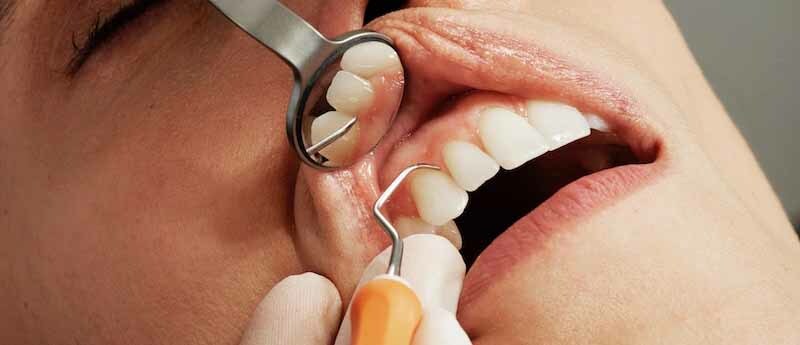
Comprehensive Exam & Clean
$210
Comprehensive check-up including
- Examination
- Clean and scale
- 2 bitewing x-rays
- Fluoride treatment
Flossing should be an essential step in your daily dental hygiene routine. Proper flossing will remove plaque and food particles that get stuck between teeth and under the gum line where your toothbrush bristles are unable to get to.
Plaque contains bacteria that feeds on leftover food or sugar in your mouth and can lead to tooth decay. Plaque that has been left for a while can harden and turn into a substance called calculus (tartar) which collects along your gum line and can cause gum disease. Preventing calculus from forming is important as only a dentist can remove it once it’s there.
Mouthwash is great accompaniment to brushing but should never replace flossing. Mouthwash will freshen breath and help remove some food particles from between the teeth but won’t get all the sticky plaque off the way flossing does. Plaque needs to physically be removed with the act of brushing and flossing.
Cleaning between your teeth should never be painful however if you’re just starting out your gums may bleed a little the first few times. Your gums bleed when they are inflamed from bacteria that hasn’t been flossed out. They can also bleed when you’re too rough and snap the floss down roughly on the gum line rather than sliding it gently up and down. If the bleeding continues after a week or two of regular flossing using the correct techniques, visit your dentist to find out what the issue is.
Grab 18” floss (or an arms length) and wrap it around both pointer/index fingers holding it taught between finger and thumb. Most of it should wrap around one of the pointer fingers while making sure to have a few inches to work with in the other hand.
Guide the firm strand in between each tooth, gently sliding it up towards the gum line. Once at the gum line make a C shape with the floss and follow the shape of the tooth gently sliding it up and down. Repeat on both sides of the tooth.
Using a clean section of floss move to the next tooth and so on. The back of the teeth are often difficult to reach with floss but it’s important not to skip them. Practice makes perfect but if you’re still finding it too hard try using a floss holder which will assist in reaching the back teeth using only one hand.
Ideally you should floss whenever you brush, but at the very least once a day and especially at night before bed.
It doesn’t matter what type of floss you use so long as you use it but here are a few of the types you can get on the market:
Regular floss comes in both waxed and non waxed varieties. Waxed floss, is as the name suggests, coated with wax which makes it stronger and able to glide between normal spaced to wide spaced teeth more easily. The wax coat makes the floss slightly thicker and so for those of us with very close set teeth we may find the non wax variety easier to use.
Both types of regular floss come in flavoured varieties which leaves a fresh feeling and help make the process more enjoyable and pleasant.
Regular floss is made from both nylon or more expensive option PTFE (single filament) which is less prone to shredding in between very close, tight teeth.
Dental tape is another option suitable for those with normal to wide spaced teeth. The flat tape is often favoured as its broader profile covers a larger areas at a time.
Disposable floss picks are a convenient option however are not as effective as regular floss. They are great to keep in your office drawer and are better than not flossing at all, but if possible stick to the regular stuff.
Smile bright!
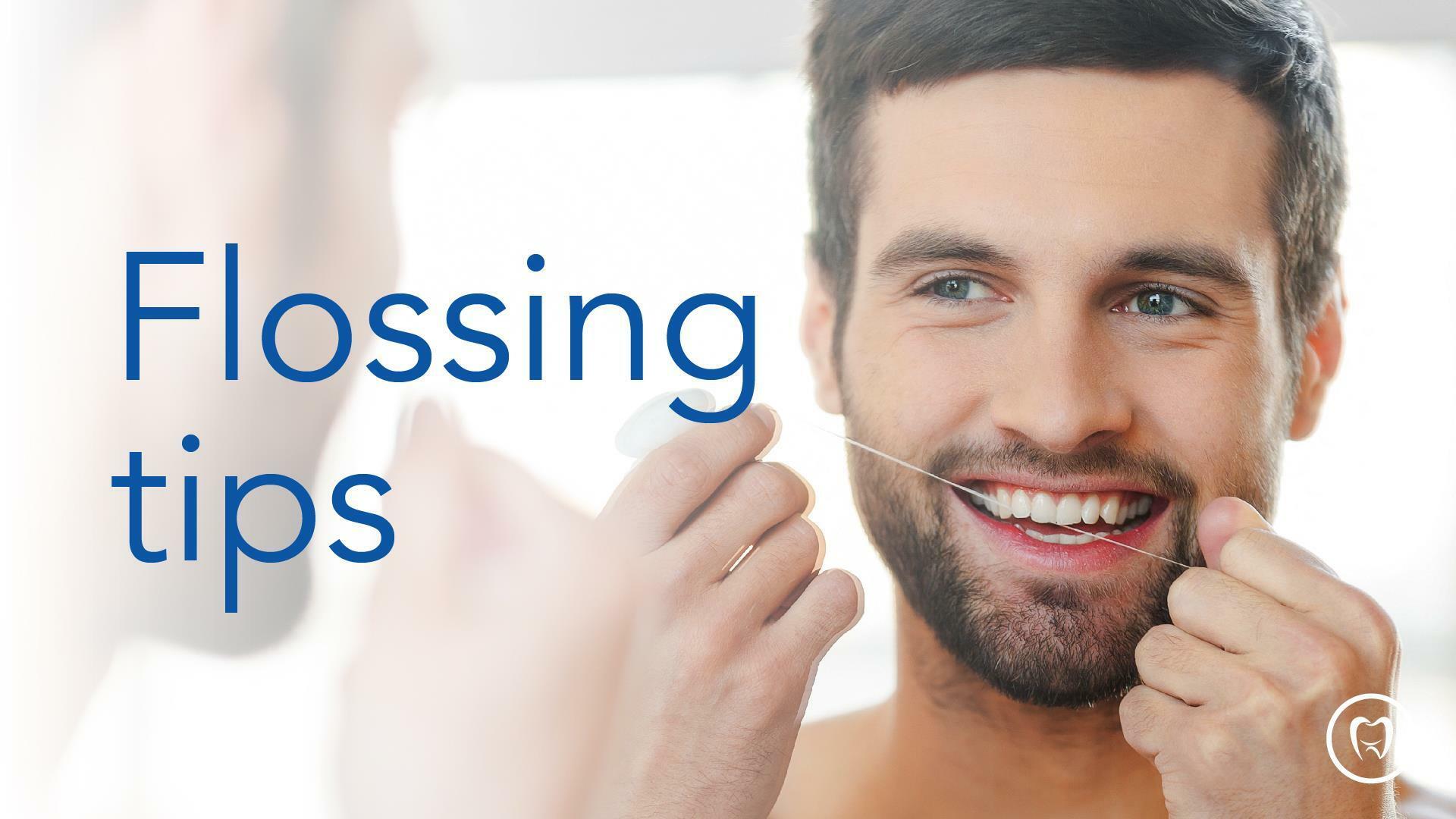
Our Location
Our Hours
Call Us

$210
Comprehensive check-up including
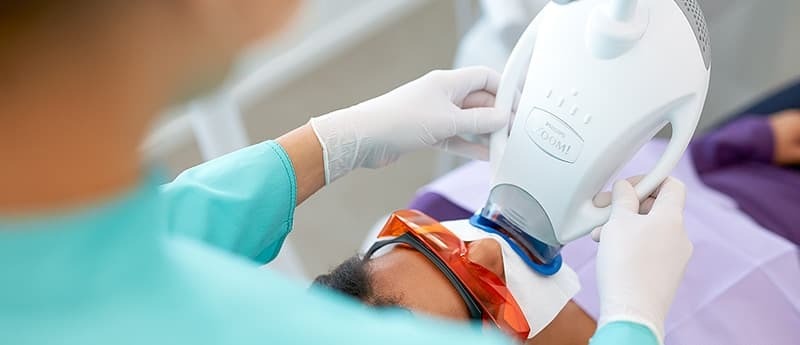
$650
In 45 minutes, Zoom Whitespeed is clinically proven to whiten your teeth up to 8 shades whiter. This is quite simply the fastest, easiest, and most effective whitening solution. If you want instant gratification, this is your best choice.
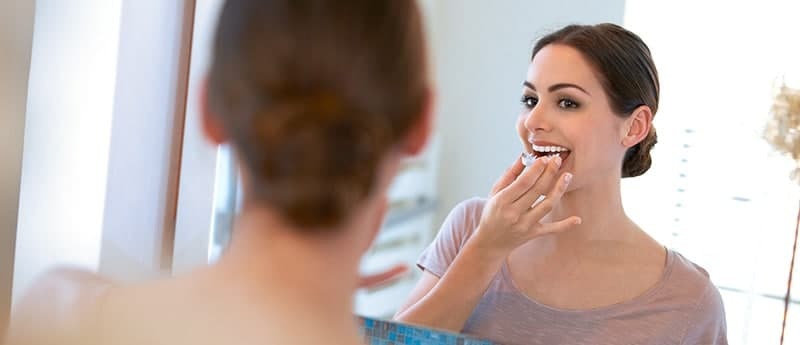
$390
Philips Zoom DayWhite & NiteWhite let you whiten your teeth when it's most convenient for you. And don't worry if you miss a day. You can start and stop your whitening program to accomodate your busy schedule.
We understand that stepping into a dental clinic can be daunting. That's why we've curated a nurturing environment where your comfort is paramount. From our friendly staff to state-of-the-art facilities, every detail is crafted to ensure your visit is stress-free and enjoyable. As advocates for holistic care, we accept all major health funds and participate in Medicare's Child Dental Benefits Scheme, making premium dental care accessible to all.

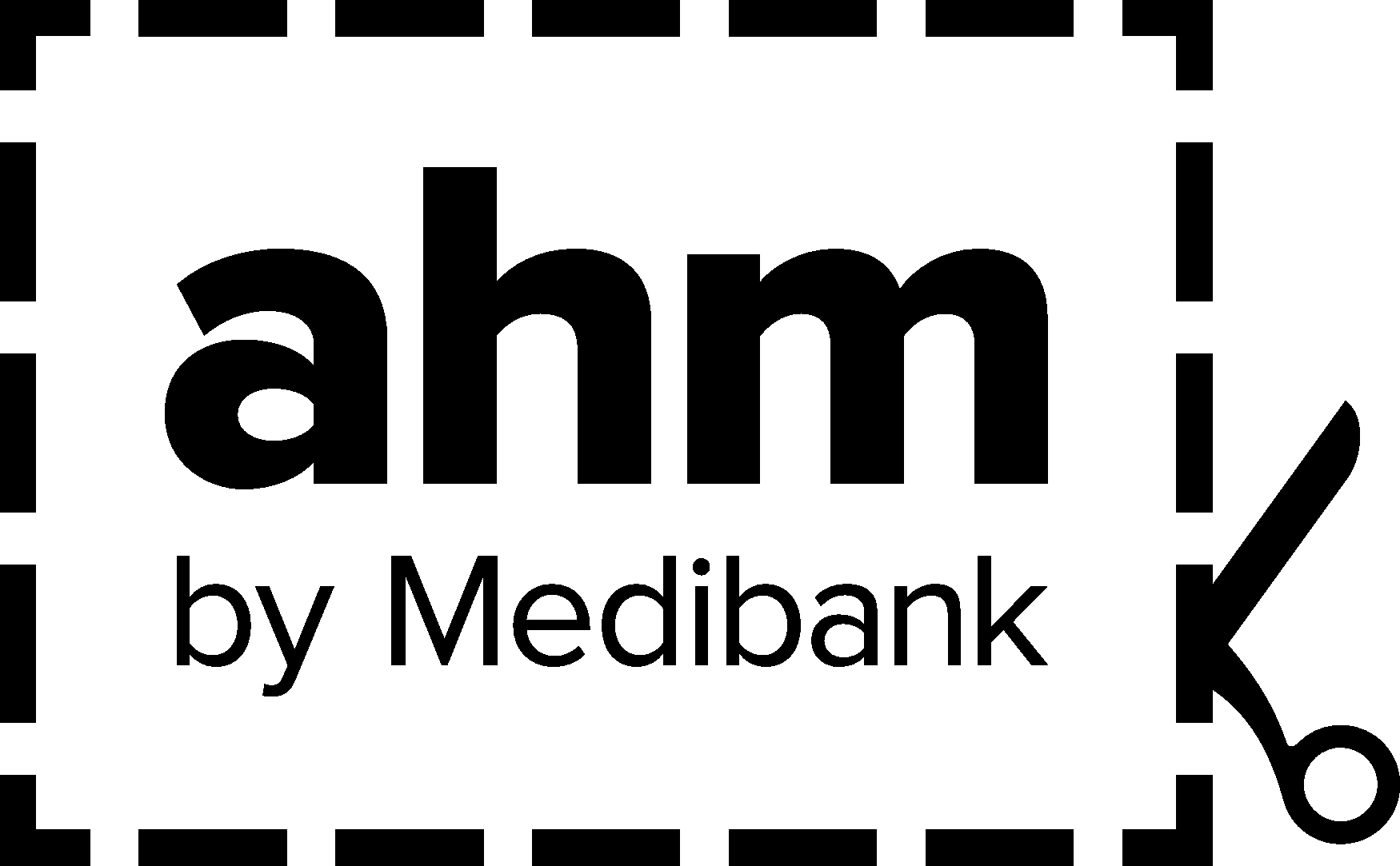






































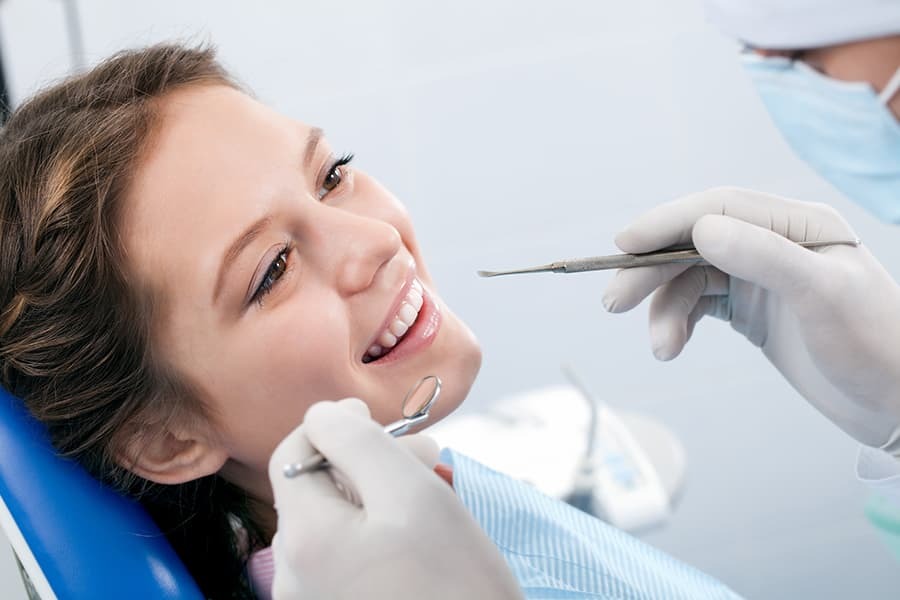
Check-up
We highly recommend regular examinations every 6-12 months. This will help us identify any potential problems so we can deal with it immediately, saving you time and money.
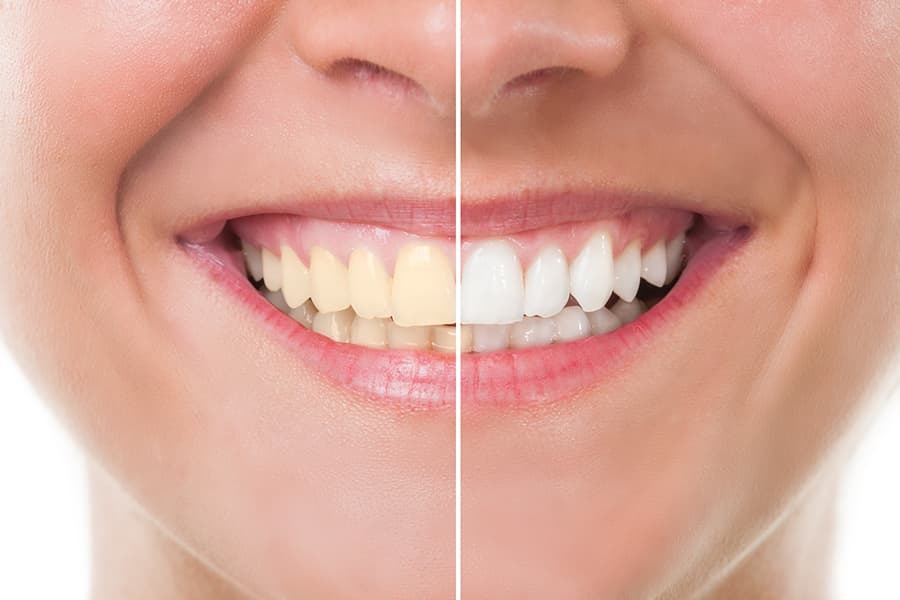
Teeth Whitening
Philips Zoom can give you the white smile of your dreams. With Philips Zoom whitening our dentist can recommend a custom treatment program designed around your unique needs and preferences, providing you the option that best suits your time and budget.
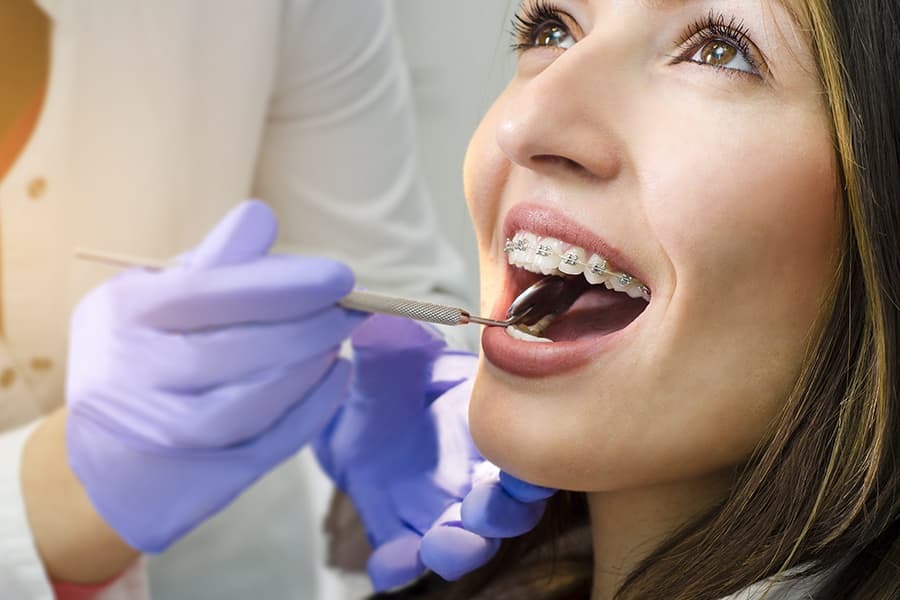
Orthodontics - Damon System
The Damon System is not just about revolutionary braces and wires, it's a whole new way of treating patients. Damon smiles are full, natural 10-tooth smiles achieved with light biologically-sensible forces, and are specifically designed to improve the overall facial result of each patient.
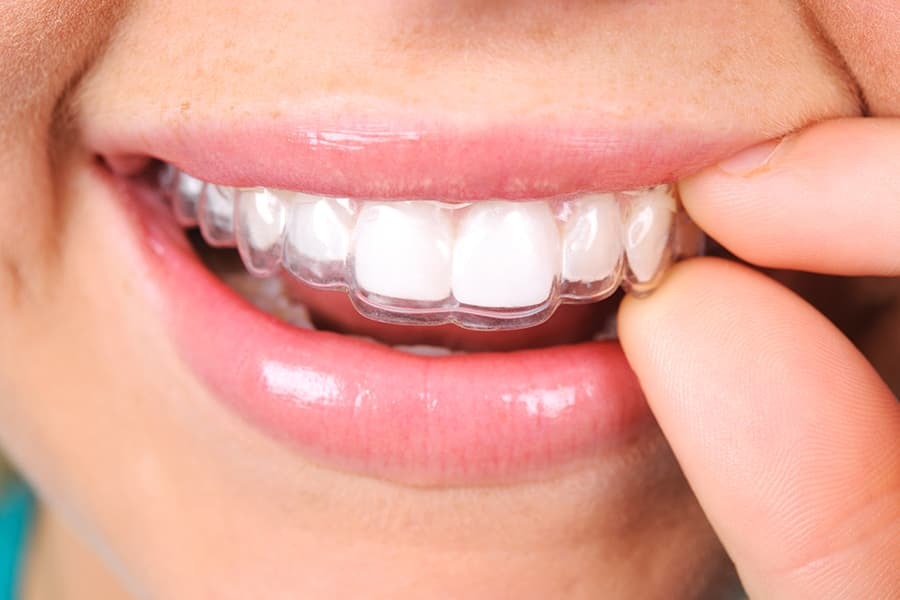
Orthodontics - ClearCorrect
ClearCorrect clear aligners straighten teeth invisibly, without metal braces. It’s easy to remove aligners and eat whatever you like. There are no wires to trap food or get in the way when you floss.

Filling
If tooth decay is detected at your regular check up, fillings may help restore your tooth with small to moderate decay.

Dental Hygiene
Maintaining good dental hygiene is important throughout your whole life.

Root Canal Therapy
Root canal therapy is considered when treating a tooth that has been affected by decay or disease.
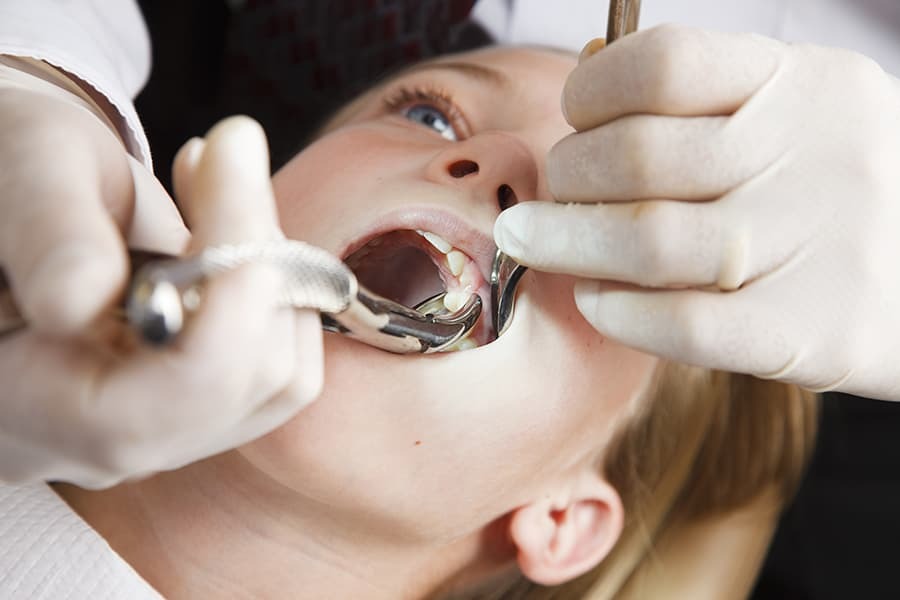
Extractions
If a tooth is beyond saving or restoring then it will need to be removed, but will eventually need to be replaced by various means.
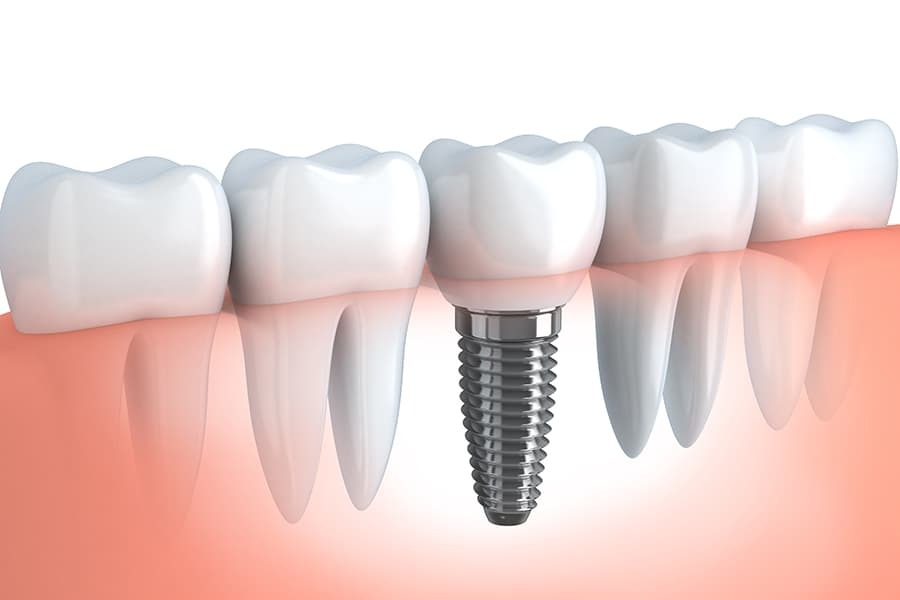
Implants
Implants can be used to replace one or more missing teeth. They are an ideal tooth replacement option because they look and feel like a natural tooth.
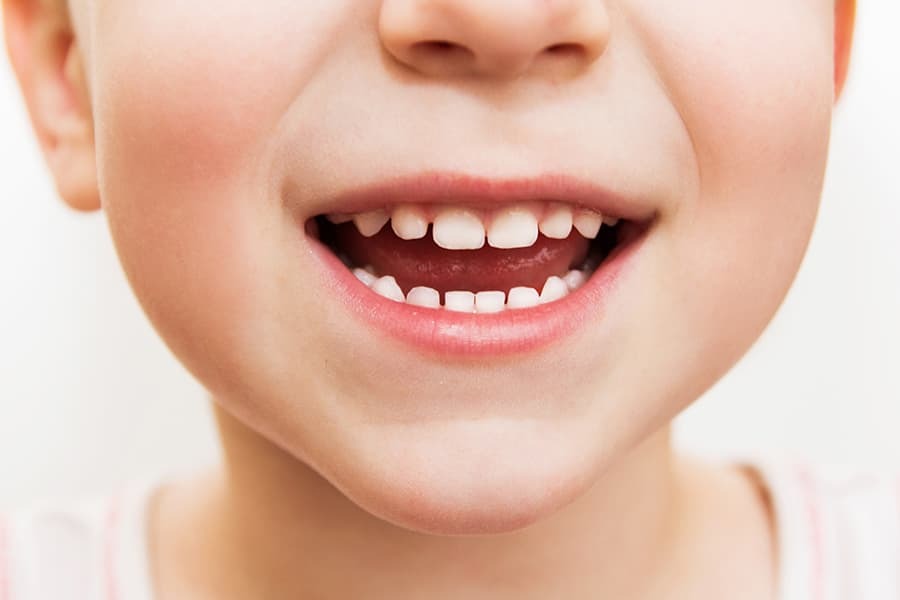
Children's Dentistry
It is important to monitor your children's oral health development.

Dentures
If you have lost your natural teeth due to damage, decay or injury, dentures can replace your missing teeth and restore your smile.

Crowns and Bridges
A crown may be used when treating a heavily decayed tooth or used alongside root canal therapy and implants; or as part of a bridge system to replace missing teeth.
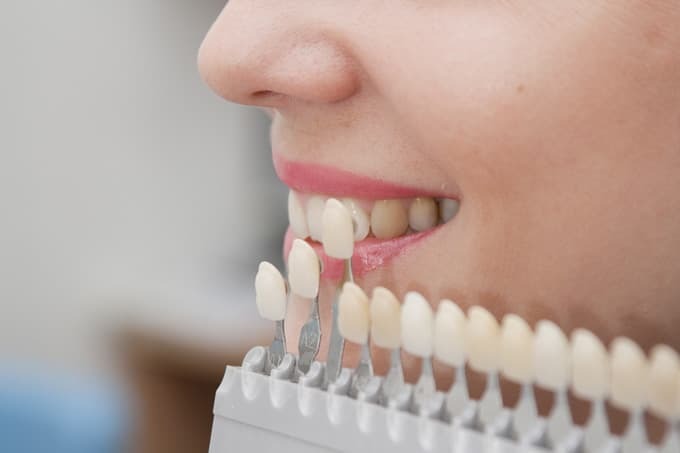
Veneers
Veneers have many applications when it comes to restoring your smile.
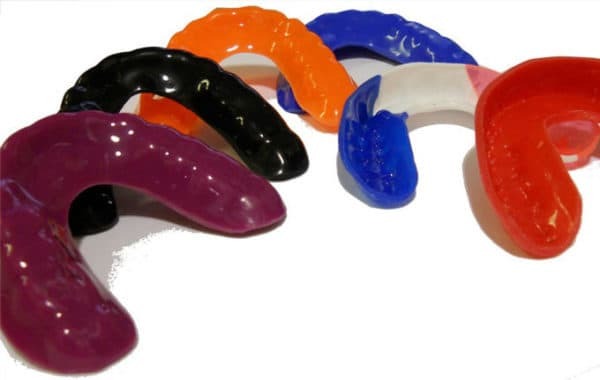
Mouth-guards
Custom made mouth-guards offer superior protection to stock mouth-guards bought at a sporting goods store.